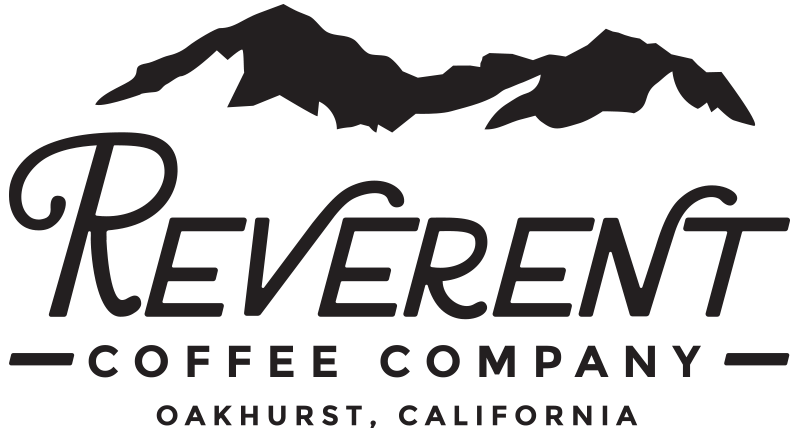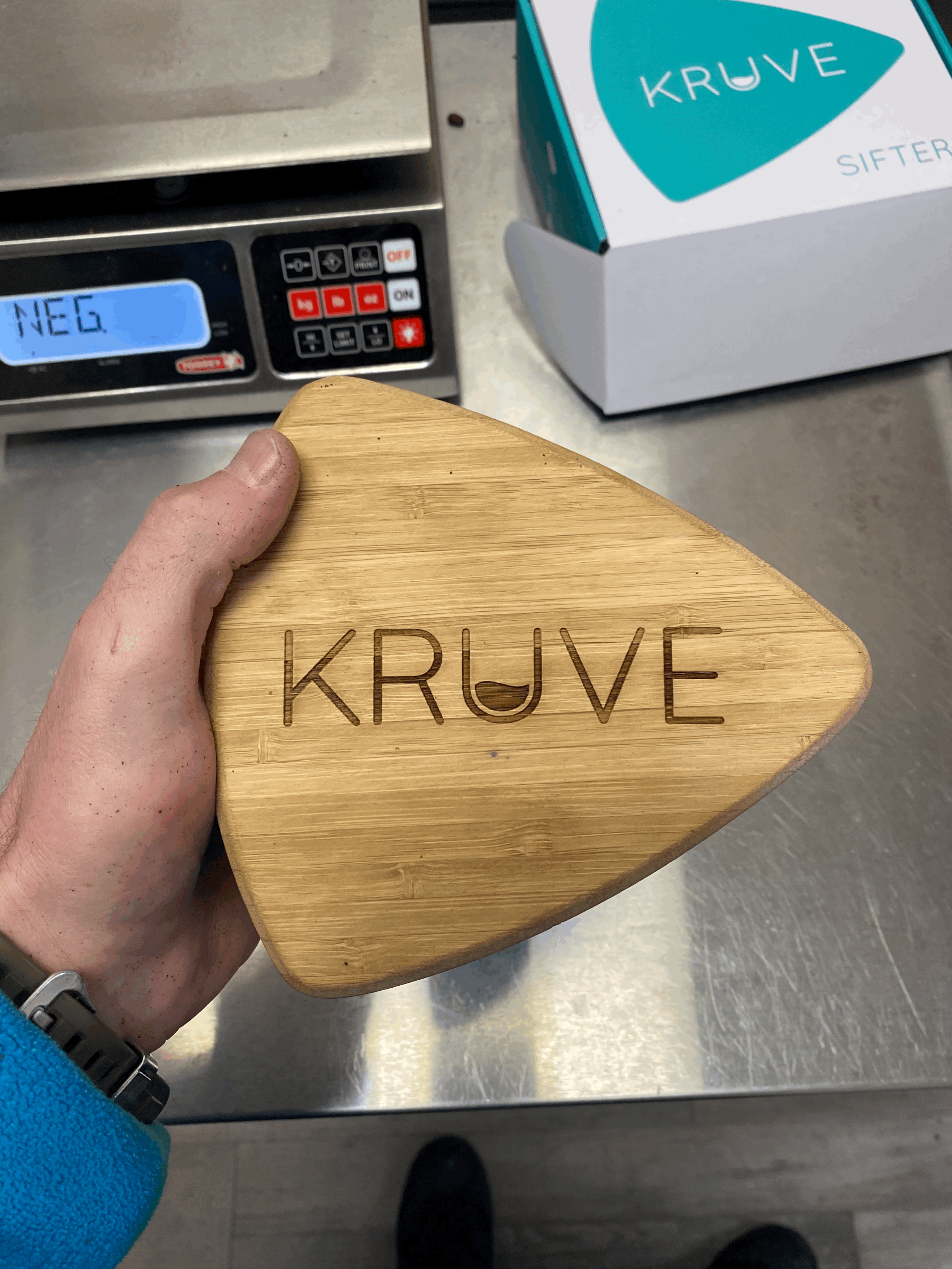The Kruve Sifter
Today we are going to be talking about the Kruve sifter and the importance of even coffee ground/particle size. I’ve followed Kruve since they were on Kickstarter, and I think they make a really solid product. It can definitely take your home coffee brewing to the next level of tastiness. We used the Kruve in our coffee shop to make some of the tastiest pour overs I have ever had, though sometimes it was a little too chaotic to incorporate the sifter; after all, it’s a little difficult to use the sifter when there are pour over orders stacking up and 20 drinks on the bar. But, for the home user, the extra effort is surely worthwhile.
To begin, let’s define some coffee terms:
Fines: those grounds that are finer than your desired grind setting
Boulders: those grounds that are larger than your desired grind setting
Flat Burrs: as it sounds, two flat burrs that grind coffee—one is stationary and one spins
Conical Burrs: a cone shaped burr surrounded by another stationary circular burr
So, why do fines and boulders matter? Generally speaking, these affect the taste of your coffee. I’ll address the other side of this debate in a moment, but for now, understand that fines typically over-extract and boulders typically under-extract. From what we know about coffee, this means that fines taste bitter and boulders taste sour. So, every time you have fines and boulders, you are adding bitterness and sourness to your coffee’s profile.
Now, we are so used to this kind of flavor profile that we typically don’t notice it. Heck, sometimes it is a little shocking to our taste buds and brains to drink coffee with the absence of these. For example, I’m currently drinking our Colombia and it tastes delicious. It does have this back-of-the-tongue chocolate note that my brain perceives as such; but, in reality, this “dark chocolate” is probably the presence of fines that are slightly bitter. A flavor note that, while somewhat pleasant, shouldn’t be there.
And this is why the debate exists: our taste buds are used to fines and boulders in coffee. It’s subjective. It’s why some people love dark, bitter coffee and some like light, fruity coffee. There’s no objective answer as to what is best when talking about personal preferences. That said, I believe you are reading this to achieve better results for the type of coffee you drink. So, let’s continue.
Here’s how the sifter works: you have two mesh screens in the center of the sifter. The first (larger micron) screen catches the boulders, the second screen catches your ideal size and filters the fines into a bottom tray. It’s a genius design. I used the 800 micron to catch the boulders and the 600 to catch the ideal size and filter the fines. Here are some pics.
To explain a bit, I ground this Ethiopian Yirgacheffe on the “fine” setting of our $1000+ dollar Bunn coffee grinder. It’s somewhat shocking how uneven this grind is. There were TONS of boulders and fines. And this is a COMMERCIAL, WIDELY ACCEPTED grinder. I used the setting with the intention of making an Aeropress (which I did make, and with the sifted coffee, it was delicious). I say this to prove a point: even with commercial grinders, it is tough to get even particle distribution.
Now let’s talk grinders. The ol’ flat vs. conical burr debate. Here’s that in a quick version: flat burrs produce a “unimodal” grind (meaning one particle size) and conical burrs produce a “bimodal” grind (meaning two grind sizes). Flat burrs take more energy to grind coffee, and in doing so, produce more heat—which heats up the coffee and can lead to unpleasant, stale notes in the cup. Conical grinders, by design, use less energy to grind coffee and thus don’t create heat—but you are still left with uneven particle size and the problems we talked about above. Now, I have had absolutely delicious espresso shots from both types of grinders. This is where technique comes in (assuming you have a quality grinder). For example, we used flat burr grinders at the shop, and they would certainly heat up during rushes (when the grinder was constantly running) so you would have to adjust the grind setting on the fly. This definitely helped. For conical grinders, the technique of distributing the grounds in the portafilter and recipe you use becomes more important. In a home scenario, you could certainly sift your espresso shots with a conical grinder and make an insane espresso shot. Not quite as practical in a shop serving hundreds of shots a day.
So, your grinder at home DOES matter (I intend to do a follow-up to this blog talking about grinders), but the Kruve accounts for any inconsistencies your grinder may have. I would highly recommend buying one if you make pour overs, Aeropresses, Clevers, French Presses, Chemexes, etc. I don’t know that it’s the most economical choice for use in regards to home coffee makers, as it does produce a lot of waste. BUT, if you are smart about it, you can save the sifted grounds and use them for other things (ie save the sifted boulders and use them for a French Press and save the sifted fines and use them for an Aeropress espresso, etc).
You really don’t know what possibilities exist in your coffee until you try them with a completely uniform particle size!
Here a link to some recipes for the Kruve!
Enjoy! And I’d love to hear from you!







